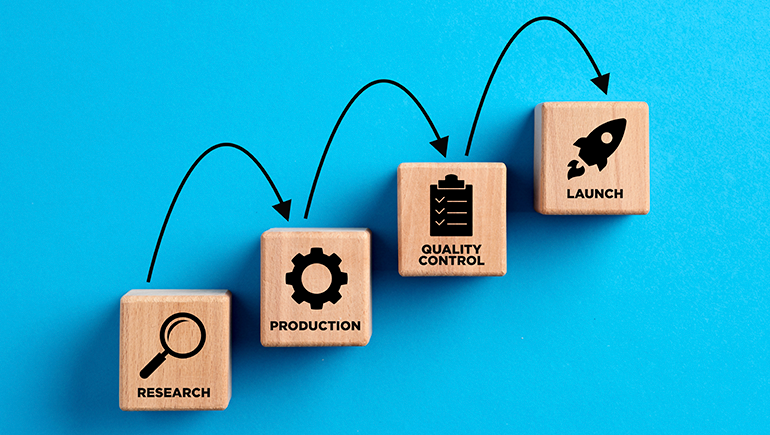
Mastering the Art of a Successful MVP: Key Strategies and Best Practices.
By Alejandro Fuentes on Monday, October 16, 2023
Mastering the art of a successful MVP can be a game-changer for any startup or established business. By following key strategies and best practices, you can develop a minimum viable product that meets the needs of your customers and helps you achieve your business goals.
Why does every Startup need an MVP?
An MVP, or Minimum Viable Product, is a product with just enough features to satisfy early customers and provide feedback for future product development. It allows startups to test their ideas and validate their assumptions with minimal investment. Creating an MVP is the first step towards building a successful business. Designing an MVP that attracts investors and users is crucial for the success of a startup. An MVP that is well-designed and meets the needs of its target audience will attract users and investors alike. Real-world success stories show that startups that have implemented an MVP have a higher chance of success than those that have not.
Creating an MVP
Where do you start? The first step is to clearly define your target audience and their needs. From there, you can design a minimum viable product that addresses those needs in a simple and effective way. It’s important to keep in mind that an MVP is not a final product, but rather a starting point that can be built upon and improved over time. When designing your MVP, focus on creating a product that not only attracts users but also catches the attention of potential investors.
Design an MVP That Attracts Investors and Users
There are a few key strategies and best practices to keep in mind. First and foremost, it’s important to identify the problem you’re solving and ensure that your MVP addresses it in a clear and compelling way. From there, focus on creating a user-friendly interface and incorporating feedback from early adopters to continually improve the product. Additionally, make sure to highlight the unique value proposition of your MVP to investors and emphasize its potential for scalability and profitability. By following these steps and staying true to your vision, you can create an MVP that not only attracts investors and users but also sets your startup up for long-term success.
Real-World Success Stories
Some of the most successful startups in recent years, such as Airbnb, Dropbox, and Uber, all started with an MVP that was designed to test their ideas in the real world. By focusing on a core set of features and iterating quickly based on user feedback, these companies were able to build products that solved real problems for their customers. The key takeaway from these success stories is that an MVP is not just a way to validate your idea, but also a way to build momentum and attract investors.
I understand, what is my first step?
Congratulations! You have taken the first step towards mastering the art of a successful MVP. Understanding the importance of an MVP was actually your first step and it is crucial for any startup to succeed. Now that you have grasped the concept, it’s time to take action. The next step is to create your MVP, and keep in mind these key strategies to help you along the way. Once you have designed your MVP, it’s essential to make it attractive to both investors and users. This can be achieved by focusing on user experience, incorporating feedback, and continuously improving your product. Don’t forget to learn from real-world success stories, as they can provide valuable insights and inspiration. With the right mindset and approach, you can create an MVP that will pave the way for your startup’s success. So, what are you waiting for? Take the next step and start building your MVP today!


